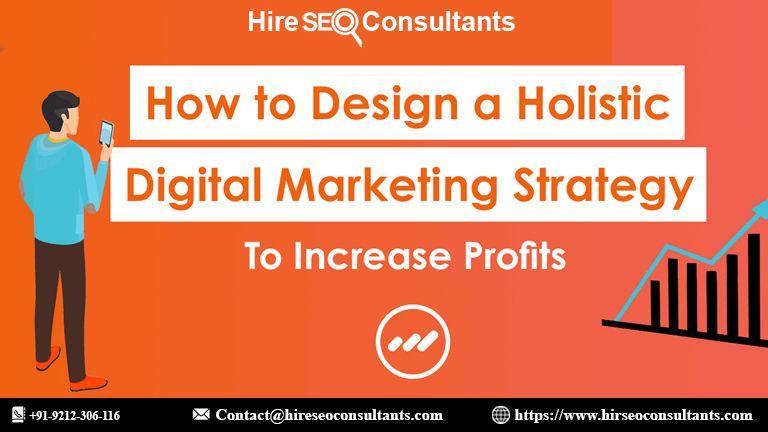The Importance of Speed and Performance in Web Design Services

When you land on a website, what’s the first thing you notice? If it takes more than a few seconds to load, you’re likely to leave and look elsewhere. Speed and performance play a crucial role in web design services, influencing user experience, search engine rankings, and overall business success. In today’s digital age, where attention spans are shorter than ever, ensuring your website loads quickly and functions smoothly is not just an advantage—it’s a necessity.
First Impressions Matter
Your website is often the first interaction a potential customer has with your brand. If your pages load slowly, visitors may perceive your business as outdated or unreliable. Studies show that users expect a website to load in under three seconds. Anything beyond that can lead to increased bounce rates, meaning potential customers leave before exploring your content.
A fast-loading website creates a positive first impression, encouraging visitors to stay, browse, and ultimately convert into customers. On the other hand, a sluggish website can deter potential leads and damage your credibility.
SEO and Search Rankings
Search engines like Google prioritize user experience, and speed is a critical factor in their ranking algorithms. A slow website can hurt your search engine optimization (SEO) efforts, making it harder for potential customers to find you online. Google’s Core Web Vitals emphasize page speed, interactivity, and visual stability as key ranking factors.
A well-optimized website with quick load times is more likely to rank higher in search results, increasing your visibility and organic traffic. If you invest in professional web design services, optimizing for speed should be a top priority.
User Experience and Engagement
User experience (UX) goes hand in hand with website speed. Visitors expect a seamless and responsive experience across all devices. Slow load times can frustrate users, leading to lower engagement rates and fewer conversions.
Fast websites keep users engaged, making it easier for them to navigate, find information, and complete desired actions such as signing up for a newsletter or making a purchase. If your website is sluggish, visitors may abandon their journey midway, reducing the likelihood of conversions and customer retention.
Mobile Responsiveness and Performance
With mobile traffic surpassing desktop usage, ensuring your website loads quickly on smartphones and tablets is essential. Mobile users expect instant access to information, and slow-loading pages can lead to high bounce rates.
Google’s mobile-first indexing means that your website’s mobile performance directly impacts search rankings. A well-designed, mobile-responsive website enhances user satisfaction, improves search engine rankings, and drives higher engagement rates. By focusing on speed and performance, you create a smooth experience for all users, regardless of their device.
Conversions and Revenue Growth
Website speed directly impacts conversions and revenue. Research from Google suggests that even a one-second delay in page load time can reduce conversions by up to 20%. Slow websites deter potential customers from completing purchases or filling out contact forms.
On the other hand, a fast, high-performing website encourages users to take action, whether it’s making a purchase, booking an appointment, or signing up for a service. Investing in professional web design services that prioritize speed can significantly boost your bottom line.
Reducing Bounce Rates
Bounce rate refers to the percentage of visitors who leave your website after viewing only one page. High bounce rates indicate that users aren’t finding what they need or that your website is too slow to keep them engaged.
A well-optimized website with fast load times can reduce bounce rates, encouraging users to explore more pages and interact with your content. This not only improves user experience but also signals to search engines that your website provides valuable content, further improving your rankings.
Optimizing Speed and Performance
To ensure your website performs at its best, consider implementing the following optimization techniques:
Optimize Images and Media Files
Large images and videos can slow down your website. Compress and resize media files without sacrificing quality to improve load times.
Enable Browser Caching
Browser caching allows users to store elements of your website on their device, reducing load times for returning visitors.
Use a Content Delivery Network (CDN)
A CDN distributes website data across multiple servers worldwide, ensuring faster load times by serving content from the nearest server location.
Minimize HTTP Requests
Reduce the number of elements loaded on a page, such as scripts, images, and stylesheets, to speed up performance.
Implement Lazy Loading
Lazy loading defers the loading of images and videos until they are needed, improving initial page speed.
Optimize Hosting and Server Performance
Choose a reliable hosting provider that offers high-speed servers and scalable resources to handle website traffic efficiently.
Minify CSS, JavaScript, and HTML
Removing unnecessary code and whitespace from CSS, JavaScript, and HTML files can enhance website performance.
Leverage Website Caching Plugins
If your website runs on a platform like WordPress, caching plugins can significantly improve load speeds by storing static versions of your pages.
Investing in Professional Web Design Services
If you want a high-performing website, partnering with a professional web design agency is a smart move. Expert designers and developers understand the importance of speed optimization and implement the best practices to ensure your website is fast, responsive, and user-friendly.
A well-structured website is not just about aesthetics—it must also deliver exceptional performance to attract, engage, and retain visitors. Many businesses opt for Website Design and Development Packages that include speed optimization, ensuring a seamless experience for users.
Future-Proofing Your Website
The digital landscape is constantly evolving, and staying ahead of performance trends is crucial. Regular website audits, updates, and performance tests help maintain optimal speed and efficiency. As technologies advance, keeping your website up to date ensures it remains competitive and delivers the best user experience.
Conclusion
Speed and performance are vital components of a successful website. A fast-loading, high-performing site enhances user experience, improves SEO rankings, increases conversions, and ultimately boosts business success. By optimizing your website for speed, leveraging modern design practices, and investing in Website Design and Development Packages, you can stay ahead in the digital space.
Don’t let slow load times cost you potential customers. Prioritize performance in your web design strategy and watch your online presence thrive.
What's Your Reaction?





















